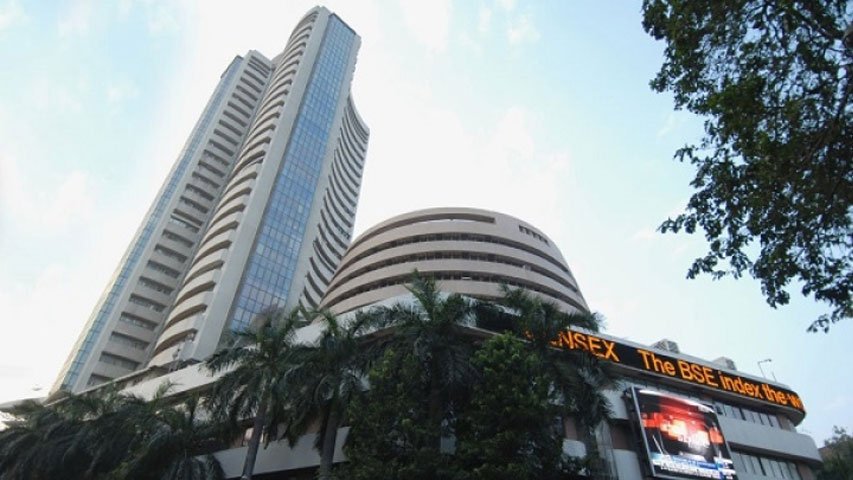This articled originally appeared on LiveMint: “Equity markets stare at a lacklustre year ahead” written by Ami Shah.
Mumbai: Indian stocks that made meagre gains in the first half of 2018 may remain lacklustre in the rest of the year too, experts said.
The 30-share benchmark equity index BSE Sensex gained just 4.01% in the first six months of 2018, the lowest six-month returns since the second half of 2016. During this period, foreign institutional investors (FIIs) sold more than $800 million of Indian stocks net of buying—the worst since the second half of 2015.
As the dollar strengthened, emerging market currencies fell across the board. The rupee has lost 6.72% in 2018, touching a record low of ₹ 69.09 a dollar on 28 June.
“Global factors are affecting Indian markets, more than India-specific ones. The incessant appreciation of US dollar is putting pressure on all emerging markets, especially those with current account deficits. Risk (trade) is off the table; the escalating trade war situation is not helping either,” Sanjay Guglani, chief investment officer of Silverdale Funds, said over the phone from Singapore.
Emerging markets data firm EPFR on Friday said while equity funds it tracks in emerging markets received net inflows in the first three months of 2018, the next three months saw outflows due to tighter US monetary policy, trade issues and higher energy prices.
Rising crude oil prices also weighed on India as it imports 80% of its crude oil requirements. FIIs pulled out a net of $836.68 million from Indian shares in the first six months of 2018, the worst such outflows since the second half of 2015.
“I don’t think the fact that China’s loss in trade war with US could provide relief to India. India has also been slapped with Trump tariff, and India has also retaliated,” said Guglani.
“The second half of the year could also be lacklustre for the Indian markets. The rising oil price and escalating trade barbs are unlikely to abate anytime soon. Also, given the fact that there are state elections later this year, and the general elections next year, it would dampen foreign investors’ appetite for India,” added Guglani.
Others agreed.
“The second half may be similar to first half. While sustainable earnings growth will keep supporting the market, the macroeconomic challenges such as higher crude oil prices and upcoming elections will continue to bother,” said Anand Shah, deputy chief executive officer and head of investments at BNP Paribas Asset Management India Pvt. Ltd.
According to Shah, as far as domestic flows into the market are concerned, systematic investment plans (SIPs) will continue, but lumpsum investments may suffer.
Domestic institutional investors (DIIs) helped hold up the markets, pumping in a net ₹ 60,354.78 crore in equities in the first half, a little below the record high in six months to December 2017, but the second-best half-yearly inflows ever.
“Lumpsum investments, such as those through AIFs and PMS (alternative investment funds and portfolio management services), and obsession to not miss out on the India story, will not be seen unless there is clarity as to what kind of government is formed at the centre,” said Shah.
“Market will clearly differentiate between stocks that deliver on the earnings front and those that don’t,” he added.
There has been carnage in mid-cap and small-cap stocks, and the near-term does not look bright either.
Year to date, BSE mid-cap index lost 13.31%, while BSE small-cap indices eroded 16.63%.
As many as 354 stocks of small cap index and 27 components of mid-cap index hit their 52-week lows in June. Around 682 stocks in the S&P BSE SmallCap index logged a decline in June.
“The run-up in the mid-cap and small-cap space was also extraordinary. People were overexposed and had overbought,” said Shah of BNP Paribas.
“As overall market has been choppy and weak, the mid-cap and small-caps obviously corrected more, given the strong rally earlier,” Shah added.
